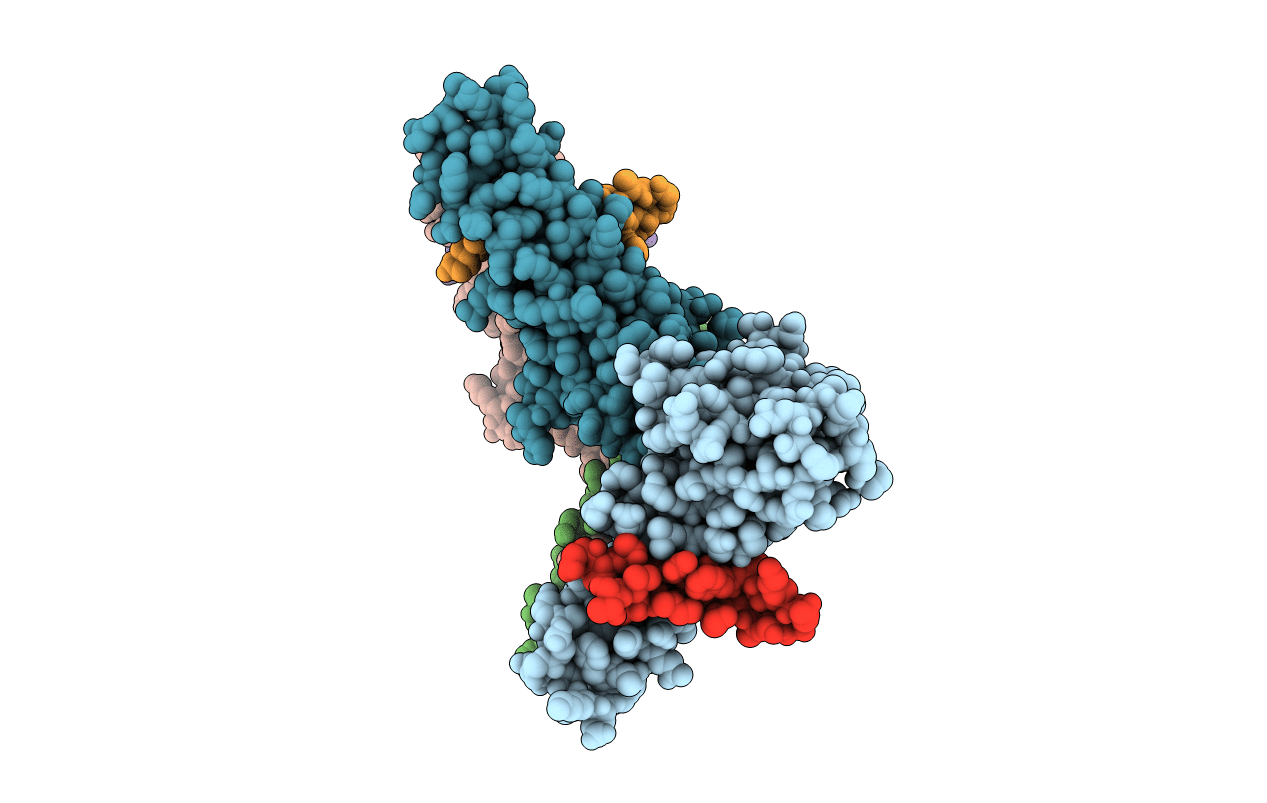
Deposition Date
2016-10-19
Release Date
2017-08-30
Last Version Date
2023-10-04
Entry Detail
PDB ID:
5TP1
Keywords:
Title:
The structure of the C-terminus of virulence protein IncE from Chlamydia trachomatis bound to Mus musculus SNX5-PX domain
Biological Source:
Source Organism:
Mus musculus (Taxon ID: 10090)
Chlamydia trachomatis D/UW-3/CX (Taxon ID: 272561)
Chlamydia trachomatis D/UW-3/CX (Taxon ID: 272561)
Host Organism:
Method Details:
Experimental Method:
Resolution:
2.31 Å
R-Value Free:
0.26
R-Value Work:
0.20
R-Value Observed:
0.20
Space Group:
P 1 21 1


